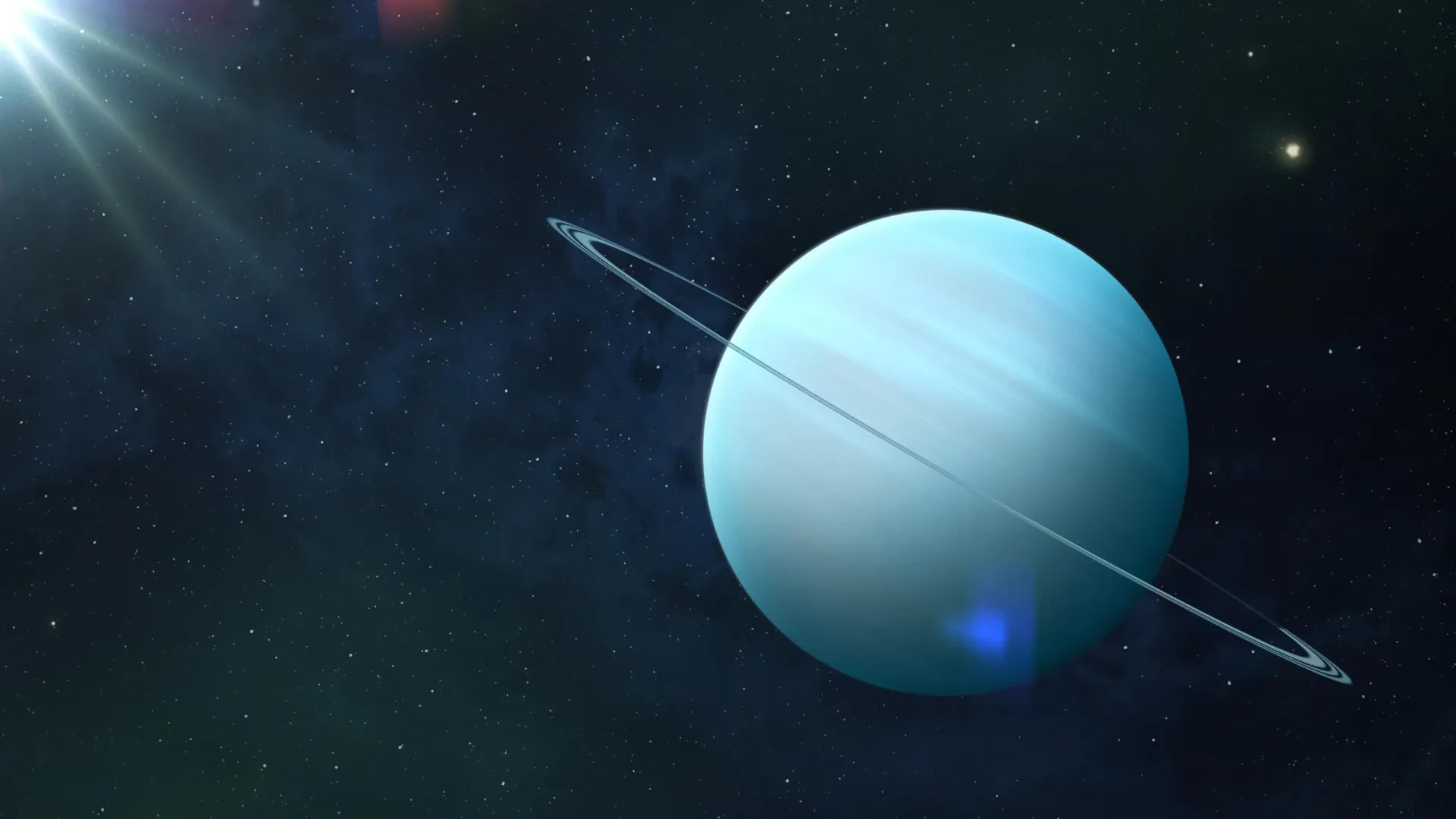Researchers uncover South America's oldest and largest Mesozoic amber deposit with ancient insects and rainforest plants, offering new insights into Gondwana's ecosystems.

October 11, 2025

Source:
Science
Major Fossil Find in Ecuador
Scientists have unearthed an ancient amber deposit in Ecuador’s Napo province, dating back 112 million years to the Albian stage of the Lower Cretaceous. The discovery, made in the Genoveva quarry near Archidona, marks the first Mesozoic amber record with insect inclusions in South America. Researchers note the amber comes from the Hollín Formation of the Oriente Basin, offering a unique window into mid-Cretaceous tropical life (Phys.org, University of Barcelona).
Ancient Insects Had Their Home
The amber contains exceptionally preserved insects: wasps, midges, flies, beetles, and spider web fragments.
Fossilized plant pieces—ferns, cycads, and the region's earliest angiosperm (flowering plant) leaves—were found nearby.
These finds paint a picture of a humid, resin-rich tropical rainforest on Gondwana, the ancient supercontinent.
Keep up with the story. Subscribe to the PR+ free daily newsletter

Source:
Reuters
Significance for Paleontology
The Ecuadorian amber is now the oldest and largest Mesozoic amber deposit in South America containing trapped organisms. Such findings have been rare in the Southern Hemisphere, leaving gaps in the fossil record. Most significant amber with biological inclusions has previously been found in the Northern Hemisphere (Phys.org).
Key Insights Into Ancient Gondwana
This discovery offers the oldest record of angiosperm leaves in north-western South America.
Results suggest complex insect-flowering plant interactions took place in tropical forests much earlier than previously known (UB News).
Chemical analysis points to araucariaceous conifers as the resin's origin.
Read More

Source:
SciTechDaily
Share this news:




















